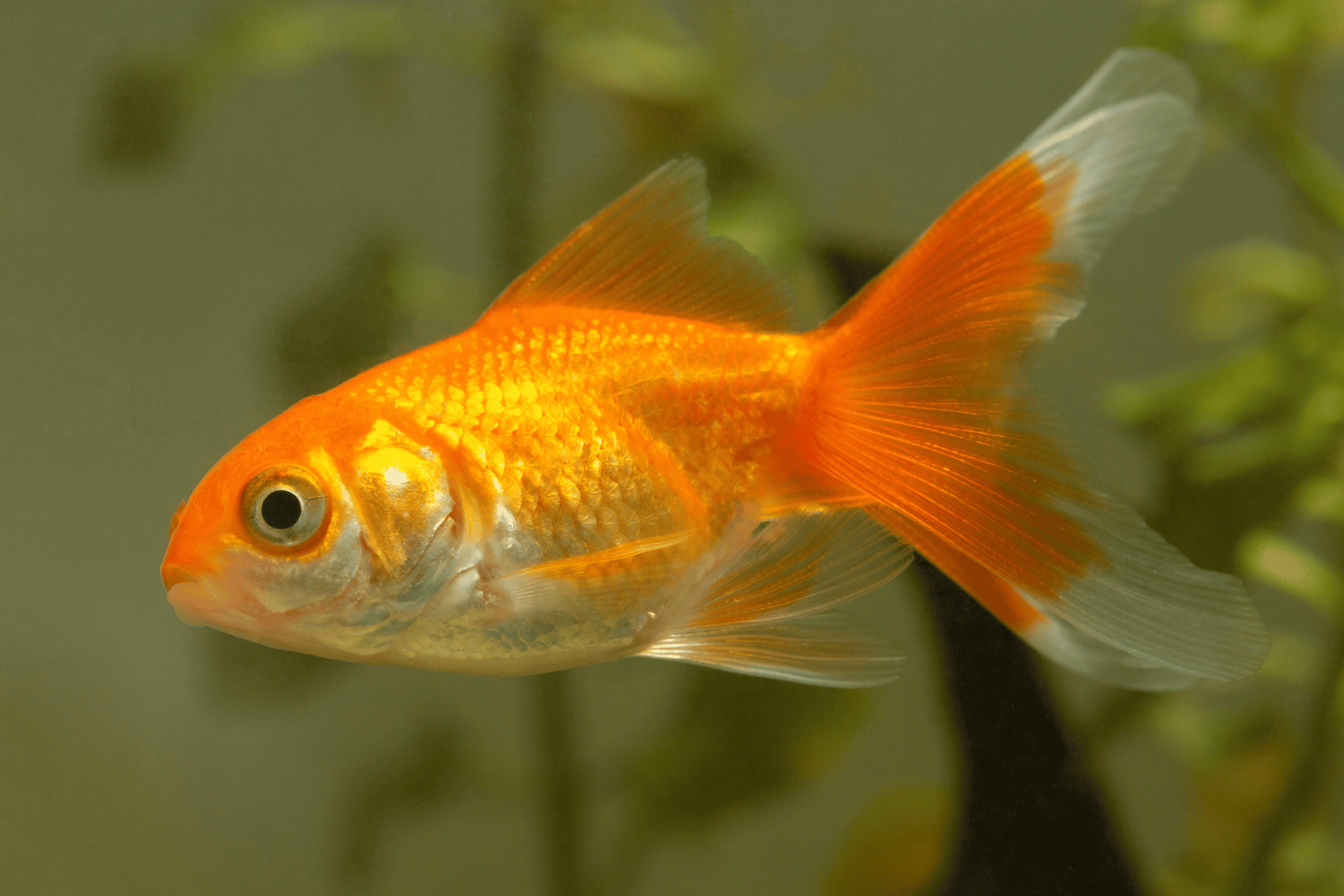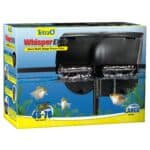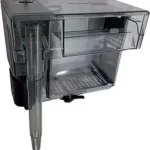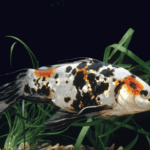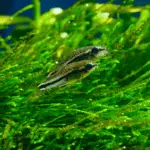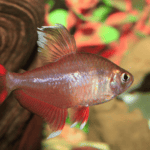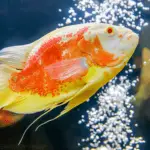Goldfish are a popular choice among fish enthusiasts, with their bright colors, playful demeanor, and relatively low-maintenance requirements. One of the most frequently asked questions is whether goldfish need a filter to maintain a healthy and sustainable habitat. The importance of proper filtration in goldfish tanks cannot be overstated, as it provides a fundamental element in ensuring their well-being and overall survival.
To put it simply, goldfish do require a filter in their tanks. Filters serve a dual purpose in the environment, keeping the water clean from debris and excess waste, as well as oxygenating the water to support the aquatic life within. Both internal and external filters can be used for goldfish habitats, with external filters often being a preferred choice for many fish keepers.
Understanding the role a filter plays in the health of goldfish is critical for those who take on the responsibility of fish ownership. By providing a clean and oxygenated environment, fish keepers can ensure their goldfish remain healthy, active, and full of life for years to come.
The Importance of Filters for Goldfish
Oxygenation and Aeration
Filters are essential for goldfish tanks as they help maintain the oxygen levels in the water. Goldfish require a well-oxygenated environment to thrive. A filter not only improves oxygenation but also ensures proper aeration, maintaining the overall water quality. This ultimately promotes a healthy living environment for your goldfish.
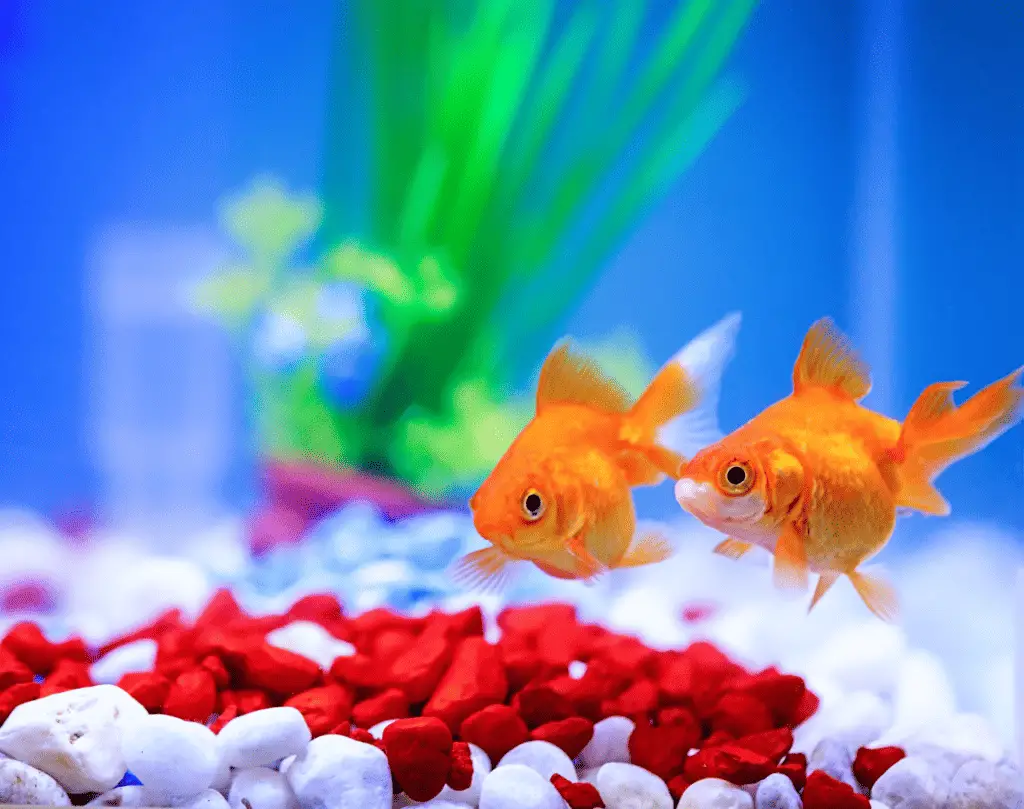
Removal of Waste and Toxins
Goldfish produce a significant amount of waste, which can pollute their water if not dealt with properly. A filter is crucial for removing waste and harmful toxins from the goldfish tank. By filtering the water, it prevents the buildup of waste, debris, and toxic substances such as ammonia and nitrite.
Filters perform the following tasks to ensure clean water for goldfish:
- Mechanical filtration: This removes solid waste particles from the water, preventing debris from accumulating in the tank.
- Biological filtration: Beneficial bacteria break down harmful chemicals like ammonia and nitrite into less toxic substances, preventing water from becoming toxic.
- Chemical filtration: This process employs activated carbon or other materials to absorb impurities from the water, ensuring its clarity and cleanliness.
In conclusion, filters are of utmost importance for goldfish aquariums. They provide necessary oxygenation and aeration while effectively removing waste and toxins from the water. By maintaining clean water, goldfish can grow and thrive in a healthy environment.
Types of Filtration Systems
There are several types of filtration systems used in goldfish tanks to maintain a healthy environment for the fish. In this section, we will discuss Mechanical Filtration, Biological Filtration, and Chemical Filtration.
Mechanical Filtration
Mechanical filtration is essential in a goldfish tank, as it helps remove solid wastes from the water. This includes uneaten food, decaying plant matter, loose scales, and fish feces. Examples of mechanical filter media include foam, sponge, and filter floss. Mechanical filters should be cleaned regularly to prevent a buildup of waste, which could lead to poor water quality and harm the goldfish.
Biological Filtration
Biological filtration is an essential component of a goldfish tank filtration system, as it helps break down harmful ammonia and nitrite into less toxic nitrate. This process is carried out by beneficial bacteria, which colonize various types of filter media, such as ceramic rings, bio-balls, and porous rocks. To foster the growth of these bacteria, it’s essential to choose a filter that offers a large surface area for colonization. Moreover, it’s crucial not to clean the biological filter media with tap water, as the chlorine present can kill the beneficial bacteria.
Chemical Filtration
Chemical filtration is an optional component of a goldfish tank filtration system that helps maintain water quality by removing toxic substances, unwanted chemicals, and odors. The most common type of chemical filter media is activated carbon, which effectively removes contaminants from the water. Other filter media options include zeolite and resins, which target specific chemicals in the water. It’s important to note that chemical filtration media needs to be replaced regularly, as it can become saturated and lose its effectiveness over time.
RELATED: Do Goldfish Sleep?
Different Types of Filters
In this section, we will discuss the different types of filters suitable for a goldfish tank. It is essential to choose the right filter for your tank to ensure optimal living conditions for your goldfish.
Internal Filters
Internal filters are submerged in the goldfish tank and provide mechanical and biological filtration. They are suitable for smaller tanks with low fish stocking levels. Some advantages of internal filters include:
- Easy installation and maintenance
- Compact design, saving space in your tank
- Lower cost compared to other filter types
However, internal filters may not be the best option for larger tanks or tanks with a higher fish stocking level, as they may not provide sufficient filtration capacity.
Hang-On Back Filters
Hang-On Back (HOB) filters are a popular choice for goldfish tanks due to their ease of use and versatility. As the name suggests, these filters hang on the back of the tank and provide mechanical, chemical, and biological filtration. Key benefits of HOB filters are:
- Suitable for tanks of various sizes
- Easy to maintain and clean
- Adjustable water flow rates
One drawback of HOB filters is that they may not be as effective in tanks with a high fish stocking level, as they may require more frequent maintenance.
Canister Filters
Canister filters are a powerful external filter option for goldfish tanks. They are typically used in larger tanks or tanks with a high fish stocking level. These filters offer high-capacity mechanical, chemical, and biological filtration, making them ideal for maintaining optimal water quality. Features of canister filters include:
- Greater filtration capacity compared to internal or HOB filters
- Customizable filter media for different filtration needs
- Quiet operation
However, canister filters tend to be more expensive and require more maintenance compared to other filter types.
Sponge Filters
Sponge filters are a simple and cost-effective option for goldfish tanks, especially suited for smaller tanks or tanks with a low fish stocking level. Sponge filters primarily provide biological filtration and can also mechanically filter the water. Advantages of sponge filters include:
- Inexpensive and easy to maintain
- Gentle water flow, making them suitable for delicate fish or fry
- Can be used as a supplementary filter in larger tanks
Keep in mind that sponge filters may not be as efficient in larger tanks or tanks with higher fish stocking levels.
Sure, I’d be happy to help you add a section answering that question. It’s important to clarify why a simple bowl is not an optimal environment for goldfish. Here’s a draft:
Can’t Goldfish Just Live in a Bowl with No Filter?

The image of a goldfish in a simple, unfiltered bowl is deeply ingrained in popular culture, but it’s a scenario far removed from the optimal care these animals require. Let’s explore the reasons why.
Firstly, it’s crucial to understand that goldfish produce a significant amount of waste. In an unfiltered bowl, this waste accumulates and can quickly lead to an unhealthy living environment. Without a filter to remove and break down this waste, harmful chemicals such as ammonia and nitrites build up, endangering the health of the fish.
Secondly, goldfish require oxygen-rich water to thrive. In a typical bowl setup, surface area for gas exchange is limited, meaning oxygen levels can quickly deplete, especially if more than one fish are present. A filter helps to circulate the water, promoting aeration and the necessary oxygenation that goldfish require for their gills to function optimally.
Moreover, goldfish are ectothermic creatures, meaning their body temperature is regulated by their environment. In a small, unfiltered bowl, the water temperature can fluctuate dramatically, causing undue stress for the fish. A stable, well-filtered environment helps to maintain a more consistent temperature.
Lastly, consider the size and activity level of goldfish. They are active swimmers and can grow quite large – up to several inches in length in appropriate conditions. An unfiltered bowl often provides inadequate space, restricting their natural behavior and potentially stunting their growth.
In conclusion, while it’s technically possible for a goldfish to survive for a time in an unfiltered bowl, it is not a humane or sustainable environment. Providing a filtered tank for your goldfish not only ensures their physical health but also contributes to their overall well-being and longevity. Remember, owning a pet comes with the responsibility to provide it with the best living conditions possible. For goldfish, this means a spacious, filtered tank, regular cleaning, and careful monitoring of water conditions.
Maintaining Proper Water Quality
Nitrogen Cycle and Beneficial Bacteria
The nitrogen cycle is a naturally occurring process in which beneficial bacteria break down harmful substances such as ammonia and nitrite, converting them into less toxic nitrates. These bacteria are vital for maintaining good water quality in a goldfish tank. There are two types of beneficial bacteria:
- Nitrosomonas: These bacteria convert ammonia into nitrite.
- Nitrobacter: These bacteria convert nitrite into nitrate.
To establish a healthy colony of beneficial bacteria, you can “cycle” your tank before adding goldfish. This can take several weeks and involves adding small amounts of ammonia to the tank to allow the bacteria to multiply.
Ammonia, Nitrite, and Nitrate Levels
Regularly monitoring ammonia, nitrite, and nitrate levels is crucial for goldfish health. These substances can be toxic to fish and poor water quality can lead to various health issues or even death. Aim to maintain the following levels in your goldfish tank:
- Ammonia: 0 ppm (parts per million)
- Nitrite: 0 ppm
- Nitrate: Less than 20 ppm
A filter helps to maintain these levels by removing waste and other toxins from the water.
Water Changes
Performing regular water changes is essential for maintaining good water quality for your goldfish. Water changes help to dilute nitrates, which can accumulate over time even with a filter. We recommend these guidelines for water changes:
- 10-20% of the total water volume should be changed weekly.
- 25-50% of the total water volume should be changed monthly.
During water changes, be sure to treat the new water with a water conditioner to remove any harmful chemicals such as chlorine. Also, try to match the temperature and pH of the new water with the existing water in the tank to avoid shocking the fish.
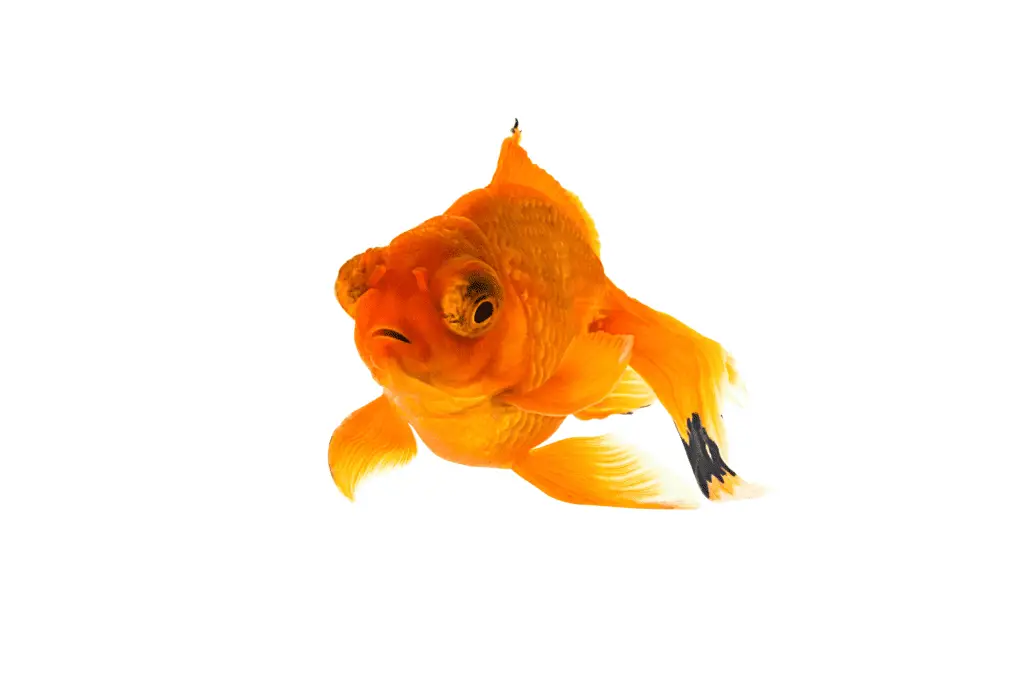
Additional Tips for a Healthy Goldfish Environment
Plants and Decorations
Incorporating plants and decorations into your goldfish aquarium can significantly improve their living environment. Plants provide shelter, aid in oxygenation, and help absorb toxins in the water. Some recommended plants for goldfish include Anubias, Java Fern, and Hornwort. Remember to secure decorations properly to prevent injuries to your goldfish.
Proper Fish-to-Tank Size Ratio
Goldfish should never be kept in a small bowl, as they require adequate space to grow and thrive. A common guideline is to provide at least 20 gallons of water for the first common goldfish and an additional 10 gallons for each additional goldfish. This space allows for proper swimming and helps maintain water quality.
Monitor Temperature and pH Levels
Maintaining appropriate water temperature and pH levels is critical for goldfish health. Goldfish prefer water temperatures between 65-72°F and a pH level between 7.0-7.4. Regularly monitor and adjust these parameters as necessary, and consider investing in a reliable heater and thermometer to ensure optimal conditions.
By following these tips and providing your goldfish with a suitable environment and the necessary equipment, you can ensure their health and happiness.
